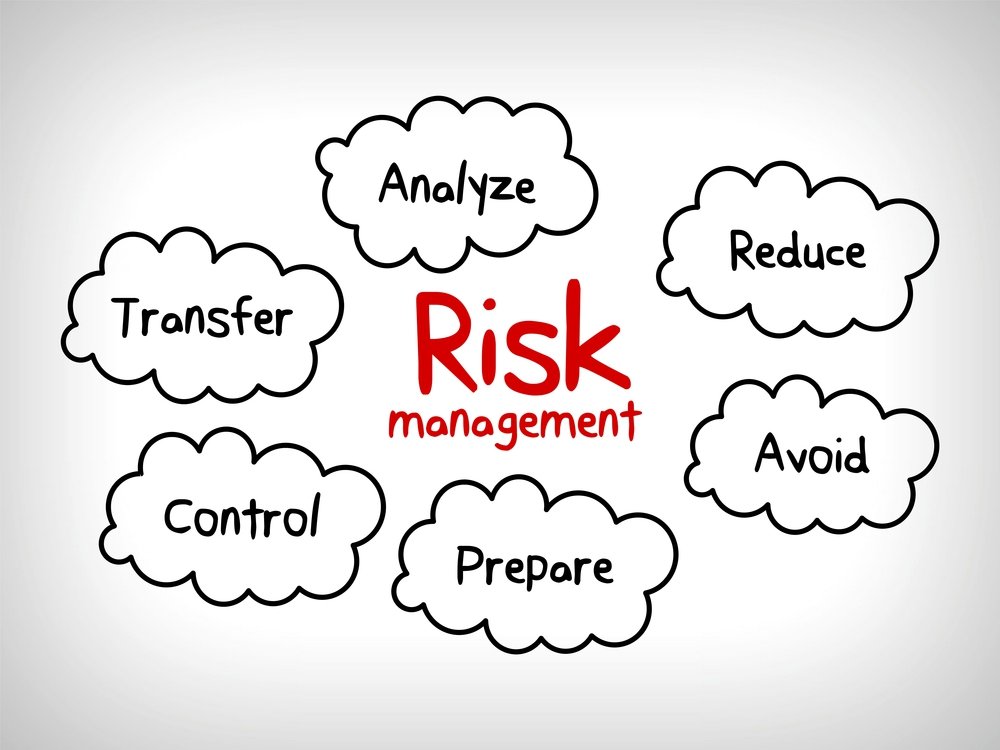Risk Management: What It Is & Why It’s Important
Risk management is a crucial process that plays a significant role in various industries. It involves identifying, assessing, and mitigating potential risks to protect against uncertainties and ensure a secure future. In this article, we will delve into the concept of risk management, its importance, and how it can benefit those interested in managing water-related risks.
Risk Management Definition
Risk management is the systematic process of identifying, analyzing, and addressing potential risks to minimize their impact on an organization or project. It encompasses a series of steps that allow individuals or entities to make informed decisions and take appropriate actions to safeguard against unexpected events.
The Components of Risk Management
Risk Identification: The first step is to identify potential risks that may arise. In water-related contexts, these could include floods, droughts, water contamination, or infrastructure failures.
Risk Assessment: Once you identify a risk, undertaking the relevant assessment helps to determine the possible impact as well as the likelihood of occurring. Doing so assists to assign priority on the basis of potential severity.
Risk Mitigation: After assessing risks, strategies are developed to mitigate or reduce their impact. These strategies may involve implementing preventive measures, creating contingency plans, or investing in resilient infrastructure.
The Importance of Risk Management
Minimizing Losses: When effectively implemented, the process can significantly reduce the likelihood and severity of potential losses. In the context of water risks mitigation, this means minimizing damage caused by floods, droughts, or water-related emergencies.
Ensuring Business Continuity: By preparing for potential risks, organizations can ensure continuity of their operations even in the face of adverse events.
Protecting Public Safety: In the context of water risks, the safety of communities and individuals can be safeguarded through management strategies that address potential hazards.
Enhancing Decision-making: The exercise provides valuable insights and data-driven information that aids in making well-informed decisions.
The Role of Risk Management in Water Management
Water Resource Planning: Risk management is essential for effective water resource planning. By identifying potential risks like water scarcity or pollution, authorities can develop strategies to conserve and manage water sustainably.
Emergency Preparedness: In regions prone to water-related disasters, such as floods or hurricanes, risk management ensures that emergency response plans are in place to minimize the impact on communities and ecosystems.
Infrastructure Resilience: Risk management helps in identifying vulnerabilities in water-related infrastructure and taking necessary measures to improve resilience against potential hazards.
Implementing Risk Management Strategies
Risk Monitoring and Assessment: Regular monitoring of potential risks and reassessment of existing strategies is essential to stay prepared for evolving challenges.
Data Utilization: Utilizing accurate and up-to-date data is crucial for effective risk management. Advanced technologies, such as remote sensing and data analytics, can provide valuable insights.
Collaboration and Communication: Effective risk mitigation requires collaboration among stakeholders, government agencies, and communities to create comprehensive strategies.
Securing Our Water Future through Effective Risk Management
In the realm of water risks, effective management strategies serve as a fundamental tool for ensuring water security and resilience. By identifying, assessing, and mitigating potential risks, individuals, organizations, and communities can prepare for uncertainties and work towards a sustainable future where water resources are protected, and communities thrive. Embracing these practices is essential to navigate the challenges posed by water-related hazards and create a secure and thriving environment for all.


